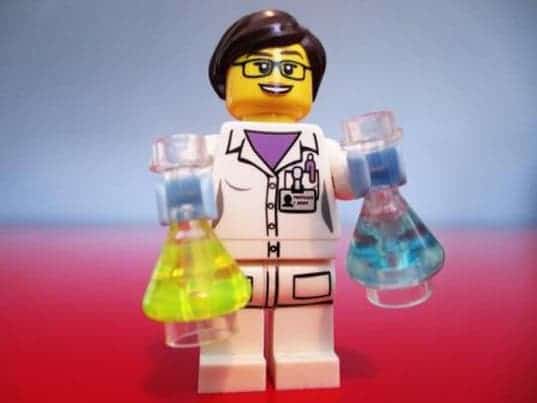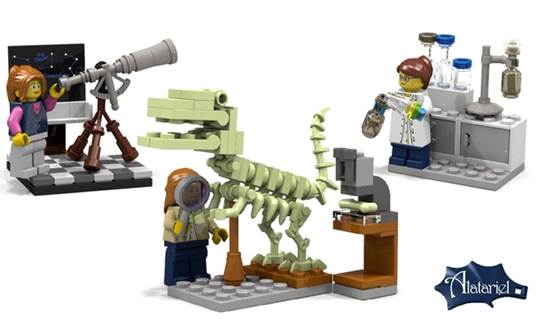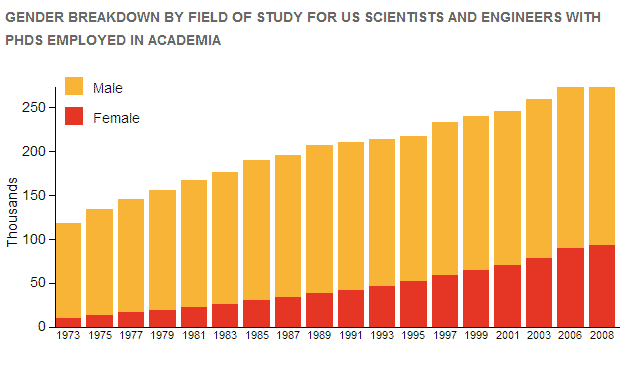There’s a huge gender gap between men and women in science that can be tied to early segregation in childhood (boys with math, girls with humanities), continuing with bias against women pursuing science, either in the classroom, academia or industry later on in life. Efforts to close this gender gap are made, and progress, albeit slow by all accounts, seems promising. Efforts to close the gender gap in science shouldn’t be limited to classrooms and institutions, though – cultural awareness is equally important. Recently, LEGO announced it will soon introduce three new female scientist figurines, as part of the upcoming Minifigures Series 11 collection.
The three new figures, which represent women at a research institute include three scientists and their subsequent labs. The Astronomer looks out at the night sky through a LEGO telescope, the Paleontologist inspects a LEGO tyrannosaurus, and the Chemist mixes the contents of two LEGO Erlenmeyer flasks. Still, the LEGO mini-figurines are dominated by male representations, despite last year a female surgeon, a zookeeper and a scientist were introduced.
Science remains institutionally sexist. Despite some progress, women scientists are still paid less, promoted less frequently, win fewer grants and are more likely to leave research than similarly qualified men, according to Nature. In some countries like China and Portugal, gender inequality is less discrepant and at times in history it was actually almost 50-5o balanced. The graph below shows the gender gap in U.S. sciences closing in, from an extremely biased society in the 1970’s to a less biased, yet still imbalanced, society in present day.












